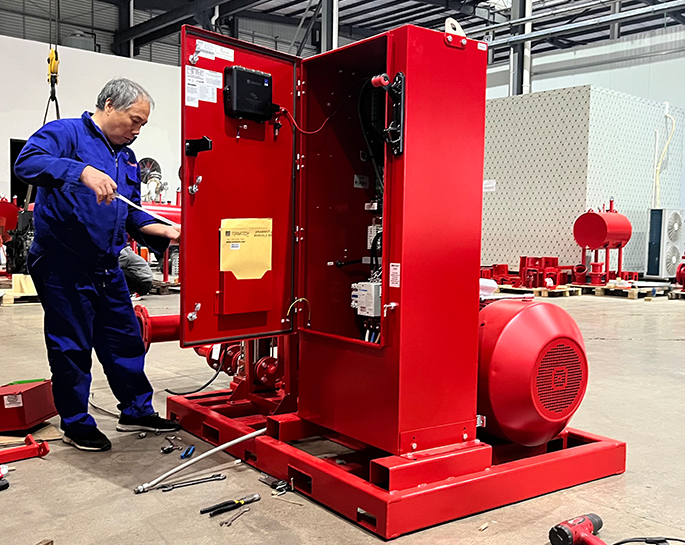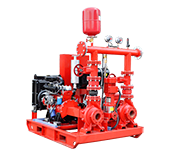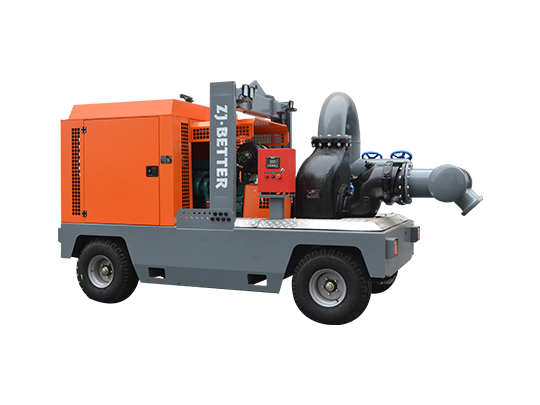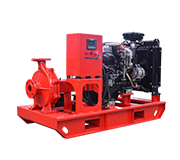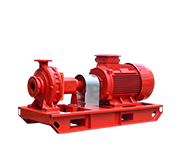Causes of Fire Pump Leakage:
-
Seal Wear or Damage:
- Cause: Over time, the seals in the pump may experience wear or damage, leading to leaks.
- Treatment: Replace the damaged seals. Regular inspection and preventive maintenance can help identify and address seal issues before they result in significant leakage.
-
Gasket Failure:
- Cause: Gaskets, which provide a seal between pump components, may deteriorate or fail.
- Treatment: Replace the faulty gaskets. Ensure that proper gasket materials are used, and follow manufacturer recommendations for replacement intervals.
-
Loose Bolts or Fasteners:
- Cause: Bolts and fasteners holding pump components together may become loose over time, compromising the integrity of the seals.
- Treatment: Tighten loose bolts and fasteners. Regularly inspect and retighten as part of routine maintenance.
-
Cracked Pump Casing:
- Cause: Cracks in the pump casing can develop due to various factors, including stress, corrosion, or manufacturing defects.
- Treatment: Repair or replace the cracked casing as needed. Professional inspection and evaluation are crucial for determining the extent of the damage.
-
Mechanical Seal Failure:
- Cause: Mechanical seals, which prevent the leakage of fluid along the pump shaft, may fail due to wear, misalignment, or other issues.
- Treatment: Replace the mechanical seals. Proper alignment and regular monitoring can help prevent premature seal failure.
-
Impeller Damage:
- Cause: Damage to the impeller can lead to imbalances and misalignment, causing leakage.
- Treatment: Repair or replace the damaged impeller. Ensure proper installation and alignment during replacement.
-
Cavitation:
- Cause: Cavitation occurs when the pump experiences excessive suction pressure, leading to the formation and collapse of vapor bubbles, causing damage and leaks.
- Treatment: Address the root cause of cavitation, which may involve adjusting system parameters, such as reducing suction pressure or increasing pipe size.
General Treatment Methods:
-
Regular Maintenance:
- Implement a routine maintenance schedule to inspect and address potential issues before they escalate.
-
Seal and Gasket Replacement:
- Periodically replace seals and gaskets based on the manufacturer's recommendations.
-
Bolt and Fastener Inspection:
- Regularly inspect and tighten bolts and fasteners to prevent loosening and subsequent leaks.
-
Alignment Checks:
- Ensure proper alignment of pump components, including impellers and shafts, to prevent premature wear and leaks.
-
Casing Inspection:
- Regularly inspect the pump casing for signs of cracks or damage. Repair or replace as needed.
-
Monitoring and Testing:
- Implement regular monitoring and testing procedures to identify any deviations from normal pump performance.
-
Professional Assistance:
- Engage a qualified professional or technician to conduct a comprehensive inspection and diagnosis if leakage persists or if there are concerns about the pump's condition.
Addressing fire pump leakage promptly is crucial for maintaining the reliability of the fire protection system. Regular inspections, preventive maintenance, and adherence to manufacturer recommendations are key elements in preventing and resolving leakage issues.
